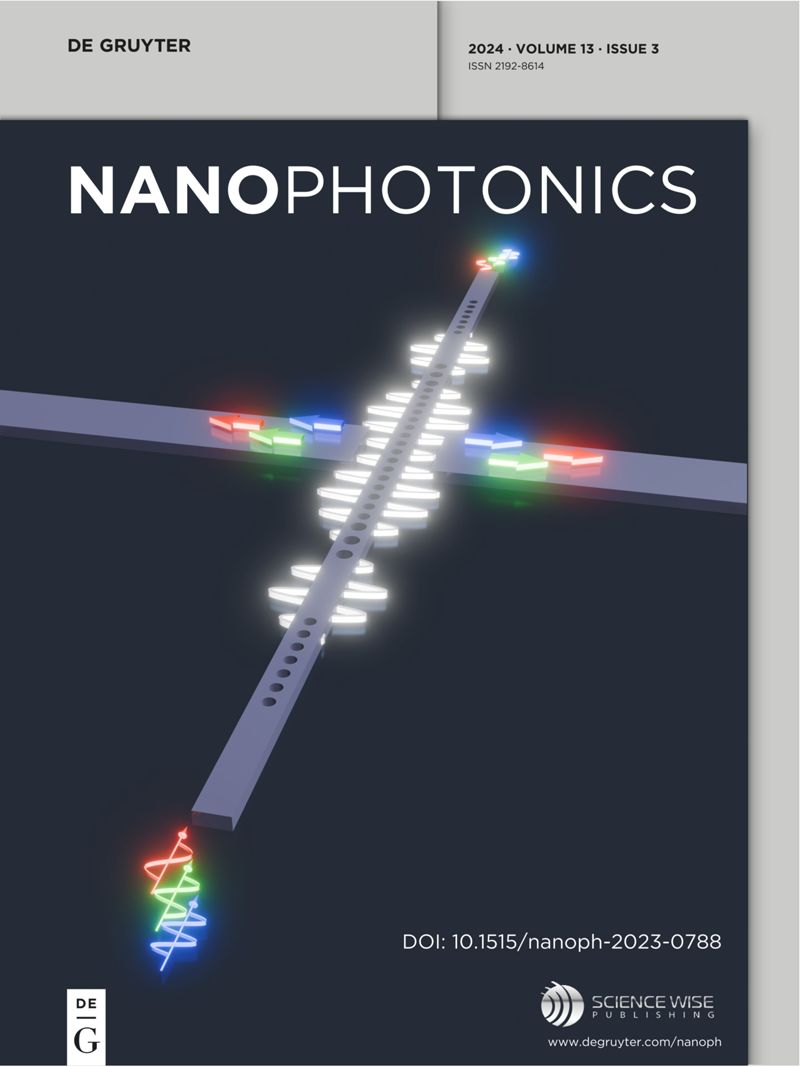Tunable structural colors based on grayscale lithography and conformal coating of VO2
IF 6.5
2区 物理与天体物理
Q1 MATERIALS SCIENCE, MULTIDISCIPLINARY
引用次数: 0
Abstract
Structural colors generated by optical micro-/nanostructures offer a notable advantage over traditional chemical pigments, including higher purity, greater brightness, resistance to fading, and enhanced environmental friendliness. However, achieving dynamically switchable color displays with high performances and without resorting to complex nanofabrication methods remain a challenge. Here, we present a simple method using grayscale lithography and conformal coating to create Salisbury screen (SS) cavities with variable resonant wavelengths, enabling the formation of tunable colorful patterns. The dynamic color display is achieved through the phase change of vanadium dioxide (VO基于灰度光刻和VO2保形涂层的可调结构色
由光学微/纳米结构产生的结构色具有比传统化学颜料更高的纯度、更高的亮度、耐褪色、更环保等显著优势。然而,实现高性能的动态可切换彩色显示器,而不诉诸复杂的纳米制造方法仍然是一个挑战。在这里,我们提出了一种简单的方法,使用灰度光刻和保形涂层来创建具有可变谐振波长的索尔兹伯里屏(SS)腔,从而形成可调谐的彩色图案。利用电热效应使二氧化钒(VO2)纳米结构发生相变,实现动态彩色显示。在1.4 V的低驱动电压下,实现了灵敏度高、速度快、重复性高、视角广等高性能的颜色切换。可调结构颜色具有制备过程简单和高速切换的特点,代表了热传感器,安全信息加密和动态全彩显示等应用的有前途的替代方案。
本文章由计算机程序翻译,如有差异,请以英文原文为准。
求助全文
约1分钟内获得全文
求助全文
来源期刊

Nanophotonics
NANOSCIENCE & NANOTECHNOLOGY-MATERIALS SCIENCE, MULTIDISCIPLINARY
CiteScore
13.50
自引率
6.70%
发文量
358
审稿时长
7 weeks
期刊介绍:
Nanophotonics, published in collaboration with Sciencewise, is a prestigious journal that showcases recent international research results, notable advancements in the field, and innovative applications. It is regarded as one of the leading publications in the realm of nanophotonics and encompasses a range of article types including research articles, selectively invited reviews, letters, and perspectives.
The journal specifically delves into the study of photon interaction with nano-structures, such as carbon nano-tubes, nano metal particles, nano crystals, semiconductor nano dots, photonic crystals, tissue, and DNA. It offers comprehensive coverage of the most up-to-date discoveries, making it an essential resource for physicists, engineers, and material scientists.
 求助内容:
求助内容: 应助结果提醒方式:
应助结果提醒方式:


